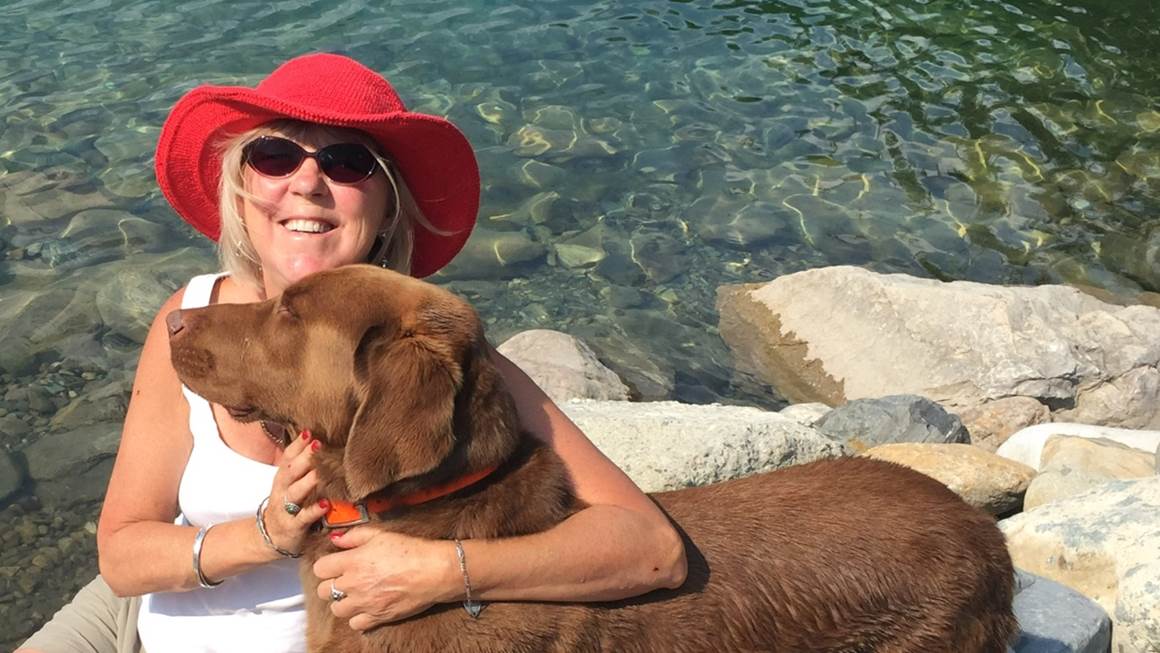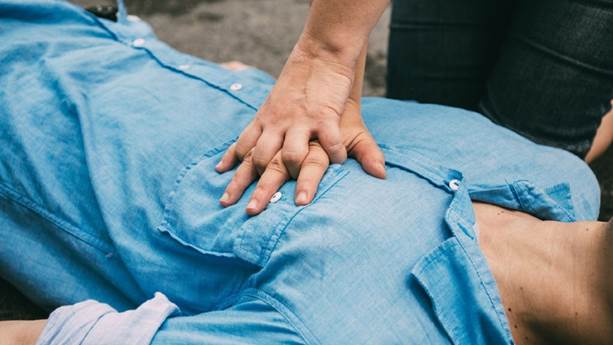At 51 years old, Sandra Thornton had a successful career in strategic communications. Her children were grown up and she had recently become a grandmother. Although her mother had been diagnosed with heart disease at age 40, Sandra did not suspect that her own risk was high.
One day Sandra was feeling what she thought could be indigestion.
“As a Heart & Stroke volunteer, I had learned the symptoms of a heart attack,” she recalls. “And I learned that they’re often experienced differently in women than in men.”
So she asked her husband to take her to the hospital; it was the best decision of her life.
Different symptoms
Tests revealed that one of Sandra’s coronary arteries was 90% blocked. She was told that if she had ignored the signs, she would likely have had a massive heart attack that night.
Despite differing symptoms, most heart disease research has been focused on the experience of men, putting women’s health at greater risk. New research now indicates the hormone estrogen influences how women are affected by heart disease.
But so much more needs to be learned about the symptoms and treatments of heart disease in women.
Doubly lucky
Sandra also learned that she was born with a bicuspid valve (two flaps) instead of the normal tricuspid (three flaps) valve. Doctors monitored her heart health for seven years until her cardiologist told her it was time for surgery to replace the faulty valve.
Sandra credits Heart & Stroke for extending her life, not just once but twice!
Today, Sandra is actively volunteering with Heart & Stroke again, tapping her lived experience as co-chair of the Heart & Stroke heart failure council. It is one of six groups established to help us identify the most important questions about heart disease and stroke, and apply those answers to prevention, treatment, recovery and public policy.
Sandra also keeps busy creating more moments in her life on a country acreage where she enjoys the outdoors with her family and pets.
- Learn more about heart attack signs.
- Learn more about women, heart disease and stroke.

